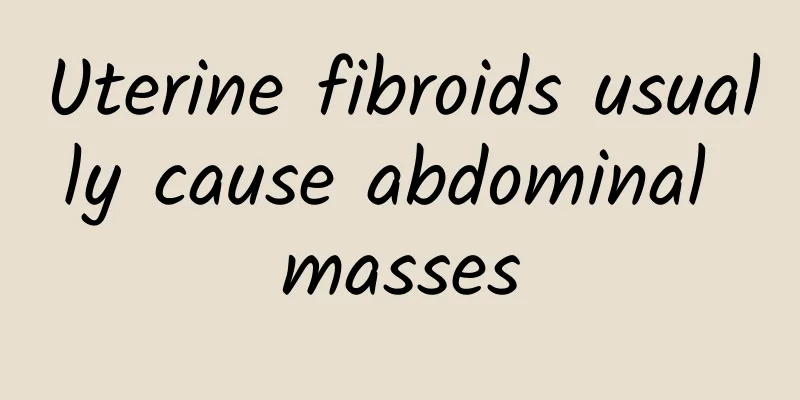A sweet burden? Study: Fructose harms livers in young people

|
The "sweetness" of processed foods available on the market, such as fruit juice, carbonated drinks, shaken drinks, etc., mostly uses high fructose corn syrup to achieve the sweetness required. The main ingredients of high fructose corn syrup include glucose and fructose. (Situational picture/provided) Many studies have linked fructose to hypertriglyceridemia (high blood fats), hyperuricemia (gout), obesity, diabetes, and more. A recent study published in the Journal of Hepatology found that young people with non-alcoholic fatty liver disease (commonly known as fatty liver) are more likely to develop chronic liver damage the more fructose they consume. Research Methods
The participants underwent liver biopsies to assess the amount of fat accumulation in liver tissue. At the same time, fructose intake was assessed by questionnaire and uric acid concentration was confirmed. Study Results
Further analysis showed that increased fructose intake itself would increase the risk of hyperuricemia by 2.02 times (OR: 2.02, 95% CI: 1.66-2.78, p=0.01). Young patients with steatohepatitis consumed an average of 70 grams of fructose per day, while those without steatohepatitis consumed an average of 53 grams of fructose per day. (Photo provided by Dr. Xiao Huang's random notes) However, the study did not distinguish whether the source of fructose (fruit, juice or beverage) had any difference in its effect on the liver. discuss This study found that in young people with non-alcoholic fatty liver disease, excessive fructose intake can lead to higher uric acid concentrations and subsequent liver damage from steatohepatitis. At present, there are no clear regulations or recommendations on fructose intake in China. The World Health Organization recommends that daily intake of added sugars should be less than 10% of total calories. Based on the average calorie intake of about 1,500 to 2,000 calories for a young person with moderate activity, the daily intake of added sugars should be between 37.5 grams and 50 grams. This carbohydrate intake includes the amount of glucose and fructose. In this study, the average fructose intake of people without steatohepatitis was 53 grams, and the average fructose intake of people with steatohepatitis was 70 grams, both higher than the recommended amount of 37.5 grams to 50 grams. And this is only the fructose part and does not include the intake of glucose or other sugars. The causes of non-alcoholic fatty liver disease are related to obesity, type 2 diabetes, etc. Fructose intake is directly related to obesity. After obesity and non-alcoholic fatty liver disease occur, fructose will aggravate the damage of non-alcoholic fatty liver disease, further causing fatty liver hepatitis and leading to further deterioration of the liver. From a personal perspective, reducing fructose intake, including fruit juices, shaken drinks, desserts, etc., can effectively improve physical health. From a public health perspective, in order to reduce fructose intake, in addition to promoting healthy eating concepts, we can also use policies such as sugar taxes to reduce the amount of fructose consumed by the public. in conclusion
This article comes from: Dr. Xiao Huang's random notes ※For more information, please see "Dr. Huang's Random Notes" |
<<: Stress can cause weight gain! Tapping method reduces stress and controls the immune system
>>: Greasy midnight snacks, bad intestinal bacteria... 5 major occupations prone to colon polyps
Recommend
She is 41 and in better shape than when she was younger! Make sugar reduction a long-term eating habit, so you can lose weight healthily without getting fat again
I am 41 years old this year. Everyone wants to li...
What complications can vaginitis cause?
Vaginitis, or inflammation of the vagina, is a gr...
How much does a missed abortion cost?
Pregnancy is a happy thing, but some friends'...
What should you pay attention to in your diet after cervical precancerous lesions surgery?
We all know that cervical precancerous lesions ar...
Does thick endometrium require surgery?
Thick endometrium is one of the causes of female ...
How to choose a good hospital for adnexitis?
As time goes by, adnexitis has developed into a c...
Analysis of the classification of pelvic inflammatory disease from the perspective of traditional Chinese medicine
Traditional Chinese medicine classifies pelvic in...
The 3-stage healthy weight loss guide to avoid gaining weight again
There are hundreds of weight loss methods on the ...
What are the symptoms of cervical erosion that usually appear in the early stage?
What is cervical erosion? In fact, cervical erosi...
Women's health starts with paying attention to the ovaries
The ovary is an important physiological organ of ...
What is the cause of congenital absence of vagina in women?
What is congenital absence of vagina? Most patien...
What factors cause cervical hypertrophy?
The phenomenon of cervical hypertrophy is very co...
How to treat mild cervical erosion? Detailed description of the scientific treatment method for mild cervical erosion
Professor Geng Xiaoxing, director of the Second G...
Sculpt an S-curve without shrinking your breasts! Remember 5 Diet Plans
"Lose weight, lose weight, but I'm most ...
A sudden cold snap after the Little Cold! Ginger and brown sugar water warms and burns fat
[Key points]: After the Minor Cold solar term com...









